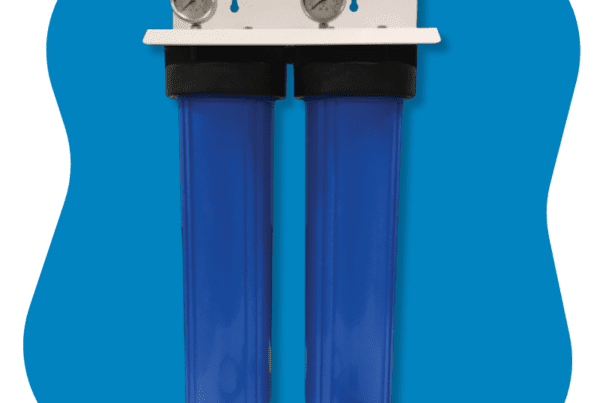In 1973 Stockholm, Sweden, a masked Jan-Erik Olsson, took four Kreditbanken employees hostage. With threats to kill them, demands for a car, bulletproof vests, and guns, the standoff took a curious turn when a hostage talked to Prime Minister Olof Palme and begged to be allowed to remain with her captors. She defended their actions and became more afraid of the police than the two men who had threatened her life. This odd condition of bonding with one’s abductors became known as Stockholm Syndrome—based on the illusion of intimacy and familiarity during a traumatic experience. Often, post-trauma therapy involves the difficult task of convincing the abductee that a wrong has even been committed against them. Another famous example of this phenomenon is the publicized event where newspaper heiress, Patty Hearst, defended her abductors and also went on to join their criminal enterprise.
Though not as severe, we can become so accustomed to the condition of the water in our homes that we prefer, and possibly even defend, untreated or odorous water to clean, fresh water. We might explain how rust or extra calcium in water makes it taste better or dismiss the stains and buildup on our sinks, tubs, and toilets. We ignore the expense and extra work of buying products and chemicals to clean shower curtains or faucets or have tainted food and beverage flavors and consistencies due to an odd attachment to our water.
C and J Water have solutions for this captivating pathology—a water softener to remove iron and other materials water collects underground, and a Reverse Osmosis drinking water system to filter out dissolved solids—preventing the need to waste money on bottled water. This equipment will allow you to rest assured that your family is drinking clean, healthy water.




